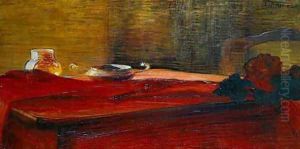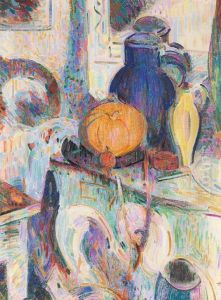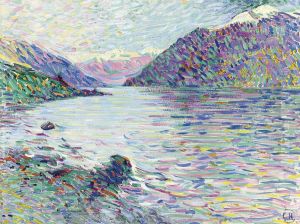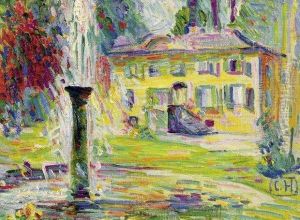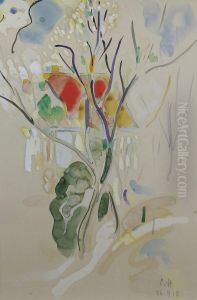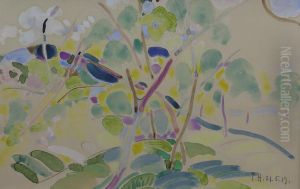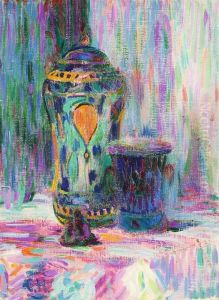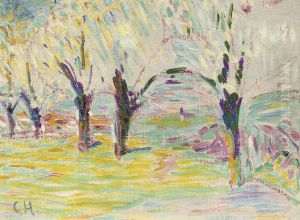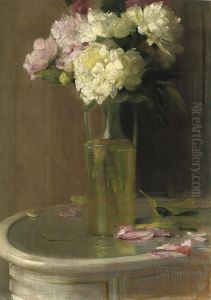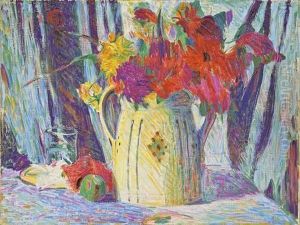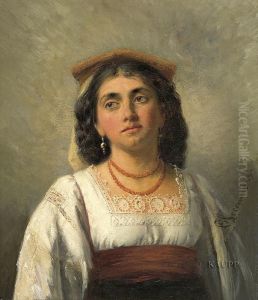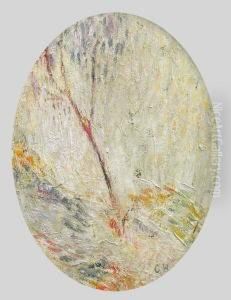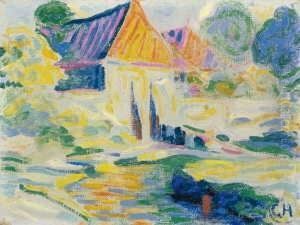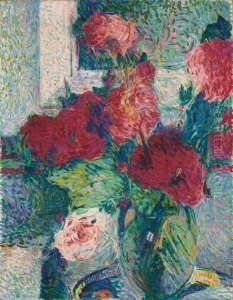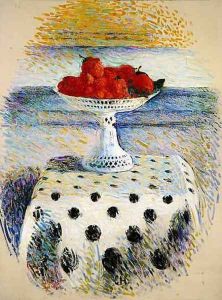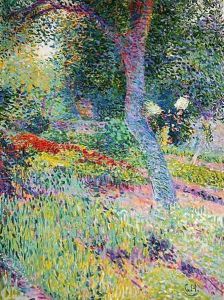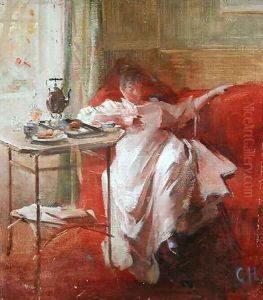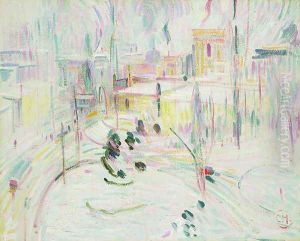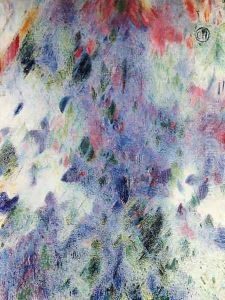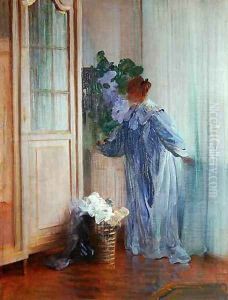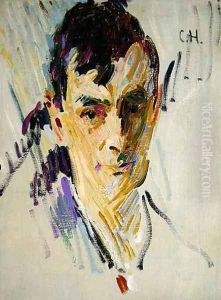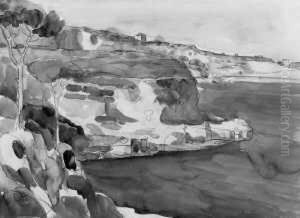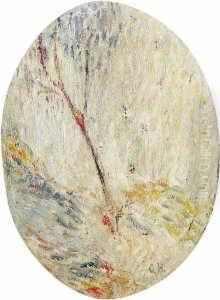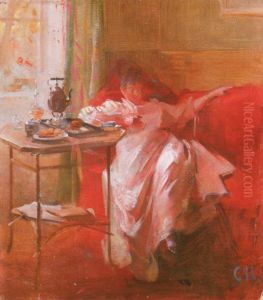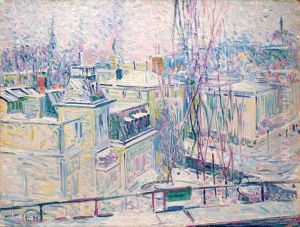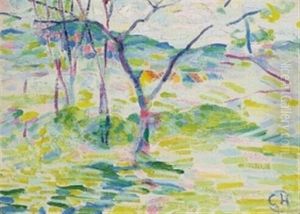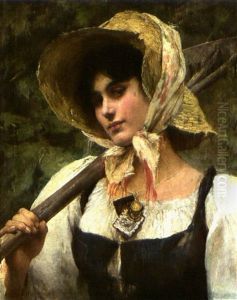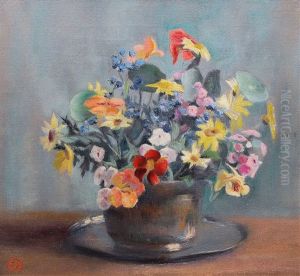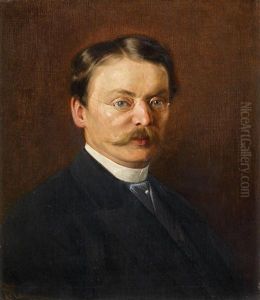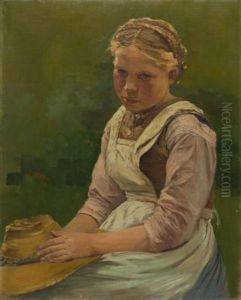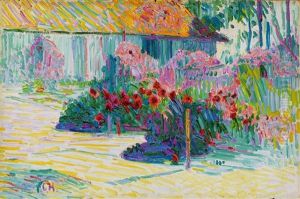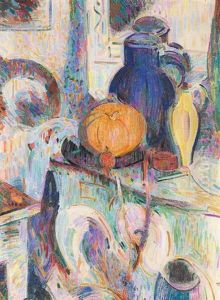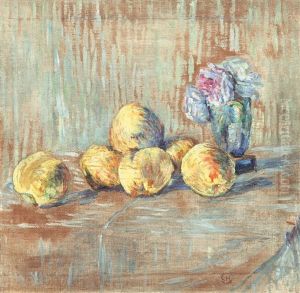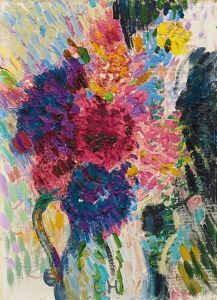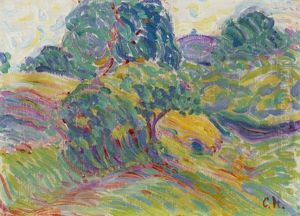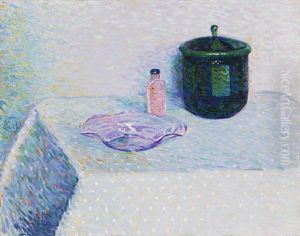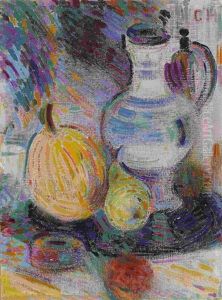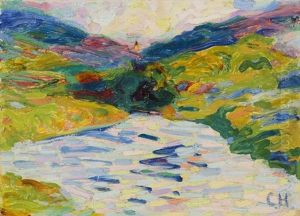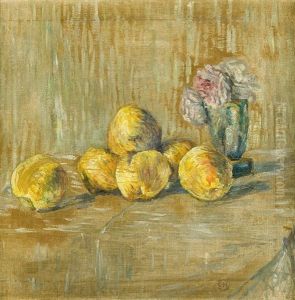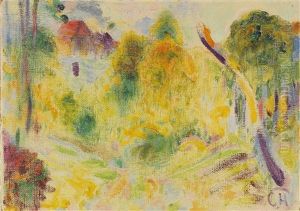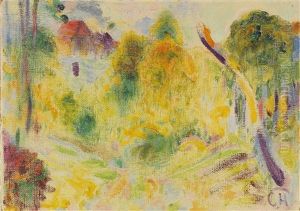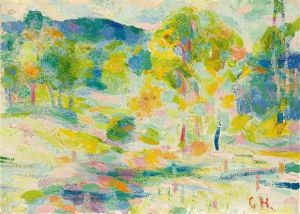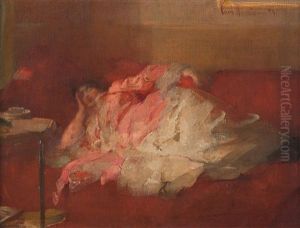Curt Herrmann Paintings
Curt Herrmann was a German impressionist painter, born on September 16, 1854, in Berlin. His artistic journey began in the cultural atmosphere of Berlin, where he grew up. He initially studied law, following the wishes of his family, but his passion for the arts led him to abandon his legal studies and devote himself to painting. He received his artistic training at the Weimar Art School, a progressive institution that allowed him to develop a strong foundation in fine arts.
Herrmann was influenced by the works of the French Impressionists, which were gaining recognition at the time. He was particularly inspired by the vibrant use of color and the representation of light and movement, which became central elements in his own work. After traveling to Paris, Herrmann became deeply immersed in the avant-garde art scene, interacting with influential artists such as Edgar Degas and Édouard Manet.
Upon returning to Germany, Curt Herrmann became an active member of the Berlin Secession, an association of artists who sought to break away from the conservative standards of the official art academies. The Berlin Secession was pivotal in introducing modern art styles to Germany, including Impressionism and later Expressionism. Herrmann exhibited with the group regularly and was involved in their organizational activities, promoting a more liberal and innovative approach to art.
Throughout his career, Herrmann explored various themes, including landscapes, urban scenes, and portraiture. His landscapes often depicted the German countryside, where he captured the transient effects of light and atmosphere with a vivid color palette. His urban scenes, on the other hand, reflected the dynamism of city life in Berlin, while his portraits were known for their psychological depth and sensitivity.
Curt Herrmann's contribution to German impressionism was significant, as he helped to disseminate the style and its techniques through his art and advocacy. Despite facing criticism from conservative circles, he remained committed to his artistic vision, and his work continued to evolve over the years.
Herrmann's later years were marked by the First World War and its aftermath, which had a profound impact on the artistic community in Germany. After the war, his work received less attention, and he became somewhat isolated from the new directions in art that were emerging.
Curt Herrmann passed away on January 11, 1929, in Berlin. Although his name may not be as widely recognized as some of his contemporaries, his contributions to the German art scene during a time of great transformation were invaluable. His paintings are now part of several museum collections, allowing his legacy to endure and providing inspiration for future generations of artists.
